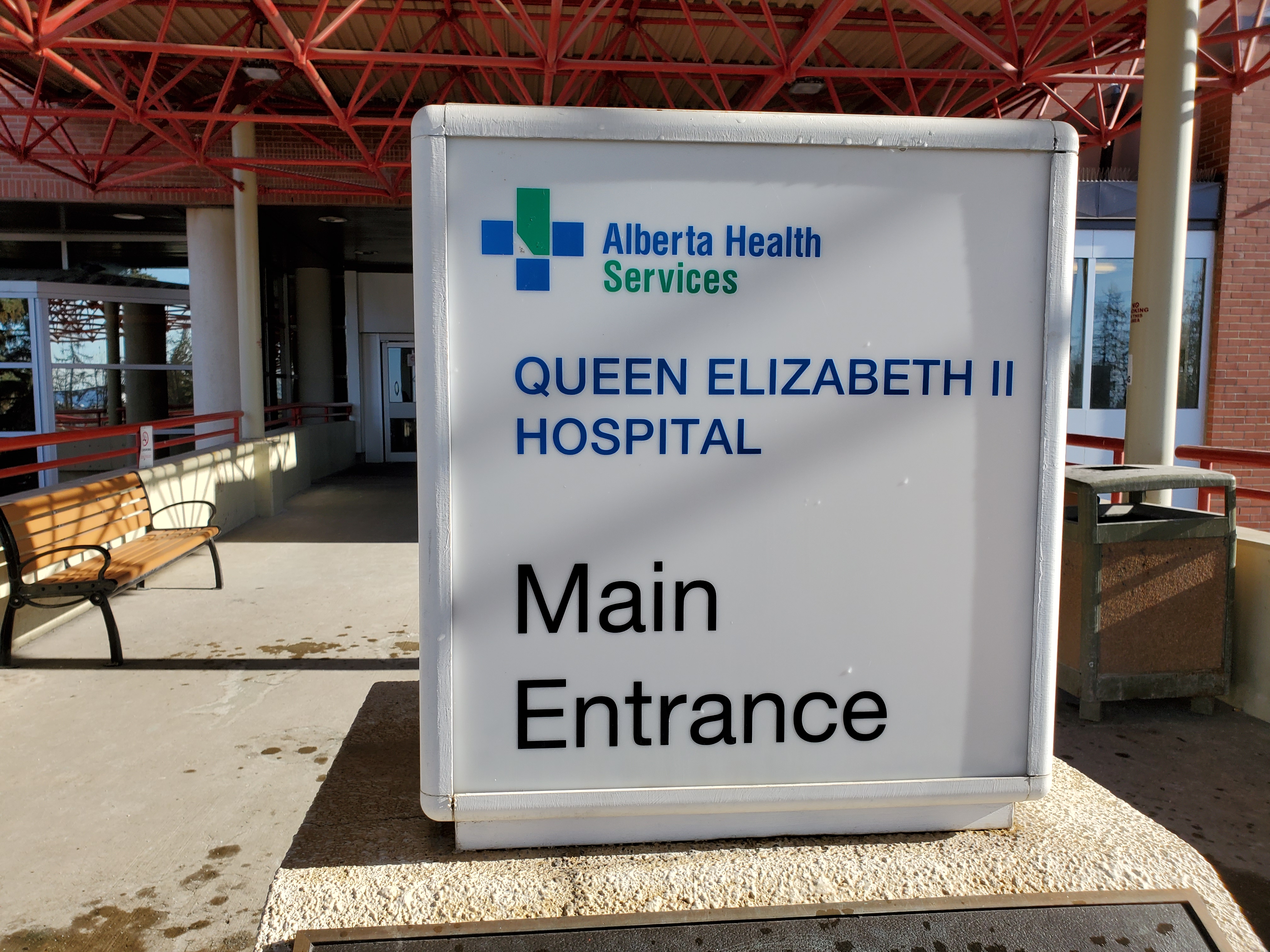The independent review into the hanging of a noose by a surgeon at the QEII Hospital in Grande Prairie has led to several recommendations to address its findings of toxic work culture. It also found that while the surgeon’s actions were offensive, they were not racially motivated.
The review was ordered by Health Minister Tyler Shandro in July 2020 following a report published by CBC News that made the June 2016 incident public. The 458-page report was published by Alberta Health Friday.
Dr. Wynand Wessels, who is a white man from South Africa, admitted to tying a rope in the shape of a noose and taping it to the door of an operating room where it could be seen by his black colleagues, but maintained it wasn’t meant to be a racist symbol.
In the review, Windowpane Management President Donna Neumann says through conducting interviews and reviewing all of the evidence, she has found no reason to believe Wessels is racist. However, she says there is no doubt what happened was intimidating and meant to make a point.
“In the course of the interviews, I spoke with several people of colour none of whom felt the action was racially motivated or that Dr. Wessels was racist. The only people who thought Dr. Wessels was racist were those who judged him solely based on the incomplete information in the media or as was passed by word of mouth.”
A tribunal of the College of Physicians and Surgeons of Alberta came to a similar conclusion in its decision on the matter, finding the surgeon’s actions to be unprofessional conduct breaching their Code of Ethics but concluding there was not enough evidence to suggest Wessels was motivated by racism. Wessels has not yet been sanctioned, with a hearing tribunal slated for June 14th.
Also included in the media coverage were allegations of a history of bullying and harassment at the hospital. On top of the noose incident, Windowpane was also tasked with investigating the factors that contribute to the overall workplace culture and the relationships between individuals and groups of physicians and staff.
While Neumann says she found very little to support claims of broader-based racism and discrimination, she notes that there is a documented history of inappropriate behaviour being tolerated because of the difficulty of attracting and retaining physicians and the structure of the facility. It’s concluded that there is a toxic work culture in at least some parts of the hospital that avoids conflict and can be confusing.
“People dread coming to work, avoid working with certain individuals, and fear retaliation. They also fear that if they speak up either nothing will happen or that others will identify them as the ‘harasser’ and could therefore lose their job. Again, this is not all staff, but it is striking how similar the witness evidence was particularly amongst the significant number of physicians with whom I spoke.”
Neumann says fixing the problem will take a considerable amount of time, commitment, and focus, noting some physicians may be offended and there could be push back if any of her recommendations are adopted. They include integrating the medical and operations streams of the organization under one ‘Head of Hospital’ whose singular focus is the QEII Hospital and the Grande Prairie Regional Hospital once it opens.
Other key recommendations are to establishing protocols for the challenges in the operating room like scheduling shifts, handing off patients, appropriate behaviour, and holding physicians accountable with consequences, and to change bylaws and physician contracts to include behaviour expectations and consequences for meeting them. Neumann also suggests appointing an external independent ‘ombudsman’ for the hospital.


